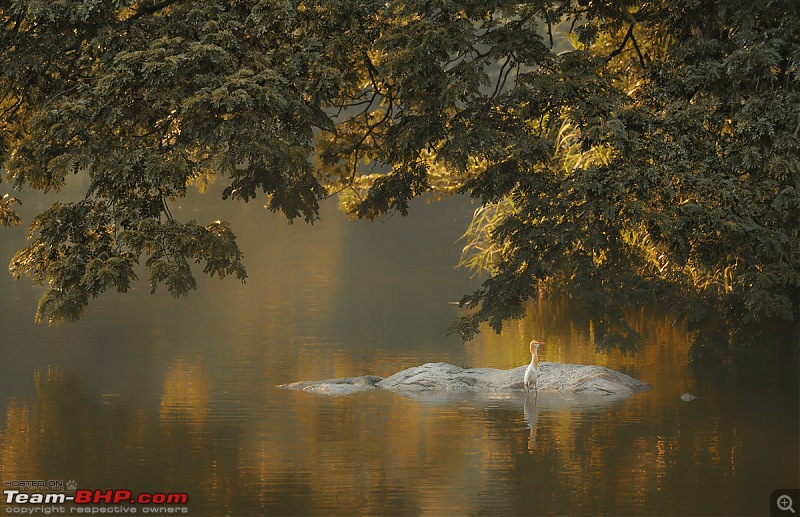Quote:
Originally Posted by nilanjanray  if this were a street where people and shops were more in line with Western standards - would it have appealed to some of your friends from Europe? |
Well, for starters it appealed to a lot of Indians. It won an award in India and was exhibited in Delhi. Not a foreigner in sight or in the jury.
Street photography is hugely popular these days. And you will find pictures of people and shops from just about anywhere in the world.
Our RPS chapter is running a big photographic project in Rotterdam, the Netherlands, see
http://www.rockinrotterdam.eu/index
We aim to take one creative photograph of every street in Rotterdam. We are nearly done and later this year we hope to have an exhibition. Next to about 20 RPS members we had some 120 people from the general public, mostly folks who lived in Rotterdam, go out and take photographs of every street in Rotterdam.
The project is very popular, lots of publicity on radio and television.
Here some of my contributions:
http://www.rockinrotterdam.eu/galler...aalhaven-noord http://www.rockinrotterdam.eu/Defaul...35170&Items=16
So yes, it’s possible to take a creative photographs that would appeal to people just about anywhere on any street!
Quote:
Originally Posted by nilanjanray  I find that photos that showcase 'exotic' India - Kumbha mela, Pushkar, sadhus, guys with wrinkles on their faces, high contrast and vibrant colours - Steve McCurry style - to be most popular abroad. I have mixed feelings about that. Not the colours and contrast, but selective showcasing of India to cater to stereotypes. |
I don’t consider this Indian stereotyping. This is how a very substantial part of India still is. This was shot in Delhi, but I could have easily taken a very similar image in just about any major Indian town/village.
It’s just part of how India looks like. When people think about the Netherlands they come up with images of wind mills and tulips. Sure enough we got lots of those, but it is only part of what makes up the Netherlands.
What I do find remarkable is that I have come across many Indians who hardly recognise that this still exists. Or when they do, they would never ever go there.
A little anecdote; A few years ago we had the Ericsson executive team visiting our office in Gurgaon. We decided to take them on a little tour through Delhi, including Chandni Chowk. All my colleagues in our local management team are Indian except one, my boss. None of them had ever been anywhere near Chandni Chowk. It was me showing them around! I had noticed this before. All the wives of my guys, were astonished that my wife would do her shopping in local shops. They would only shop in the big shopping malls. For us those big shopping malls held no attraction whatsoever.
Chandni Chowk is, what I would consider part of Indian heritage. There are some beautiful buildings, magnificent architecture. As none of it is protected, I assume most of it will be gone in the next decade or so, if not sooner. I think that would be a real shame.
I don’t think wrinkles on faces make a difference as such. Lots of wrinkled faces in India and all over the world. The trick is to find faces that appeal, show emotion or evoke emotion. I do like Steve McCoy’s work. I had the pleasure of meeting him a few years ago. If you really would like to know what makes him tick and get a very different view of his work then only the most published pictures, get his book “Untold, the stories behind the Photographs. He has taken pictures all over the world on just about any topic. From the Gulf war, 9/11, Cambodia, Tibet etc etc. And I can stare at nearly every image for minutes!
What I like in this particular picture is that you just see several guys going about their day to day business. Nobody noticed me taking a picture.
Anyway, thanks for your feedback. I like to think I have taken a good picture when people look at it for at least a few seconds and hopefully have some sort of emotion towards it. Whether they like it or not, is actually less relevant.
Jeroen







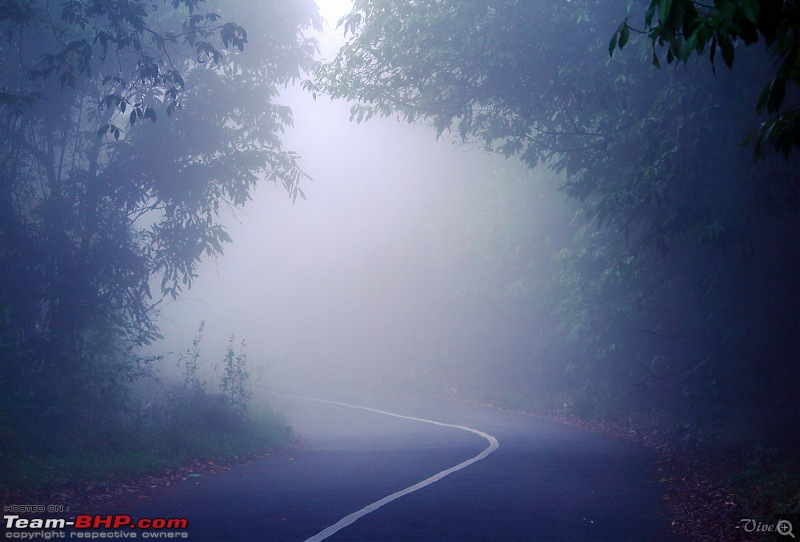






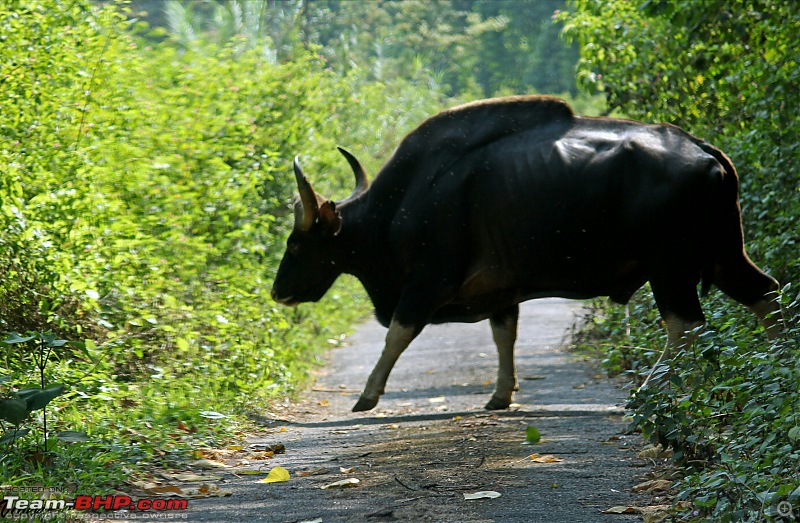
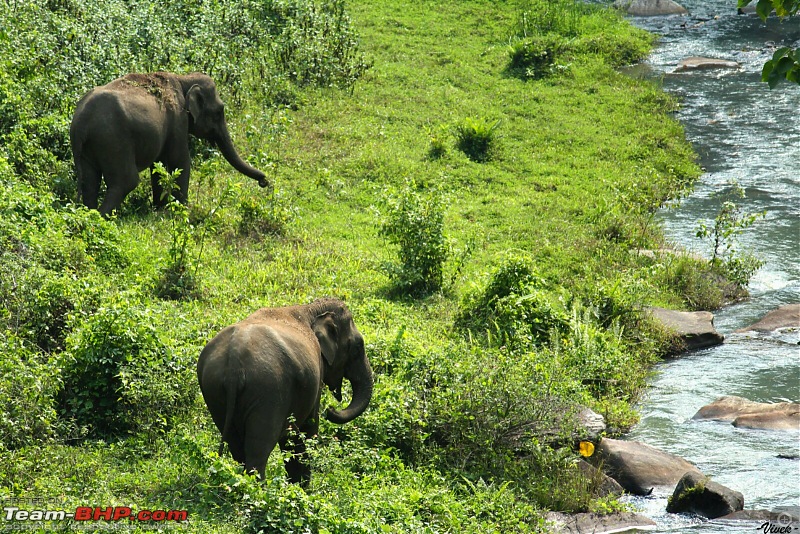


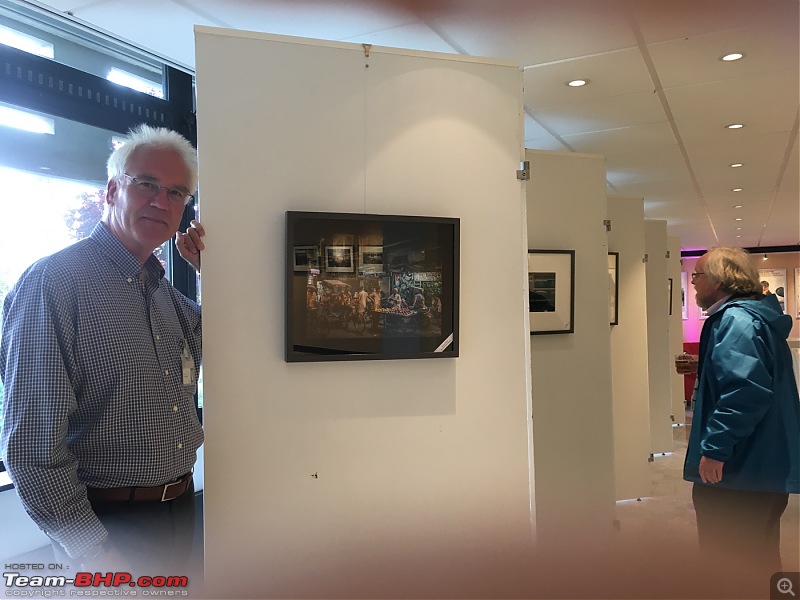

 P.S. excuse the image quality, I have downsized existing jpegs.
P.S. excuse the image quality, I have downsized existing jpegs. 

